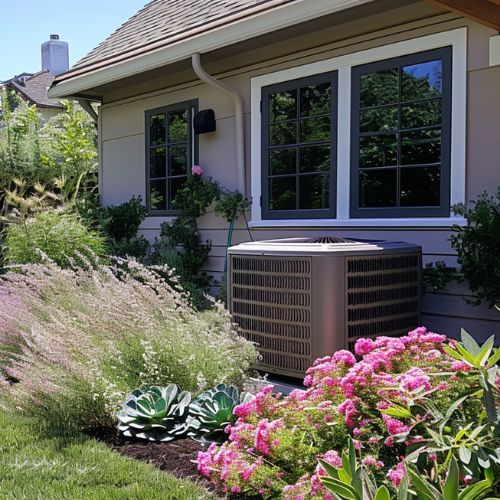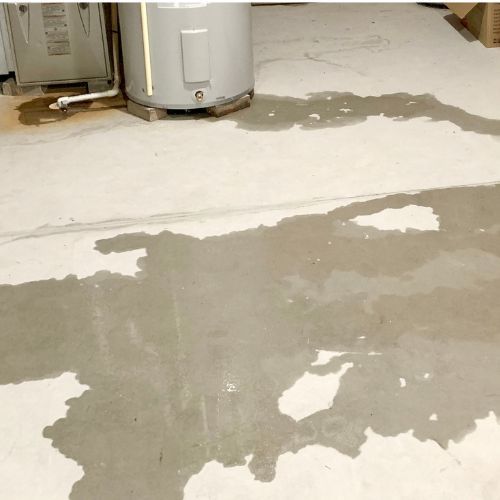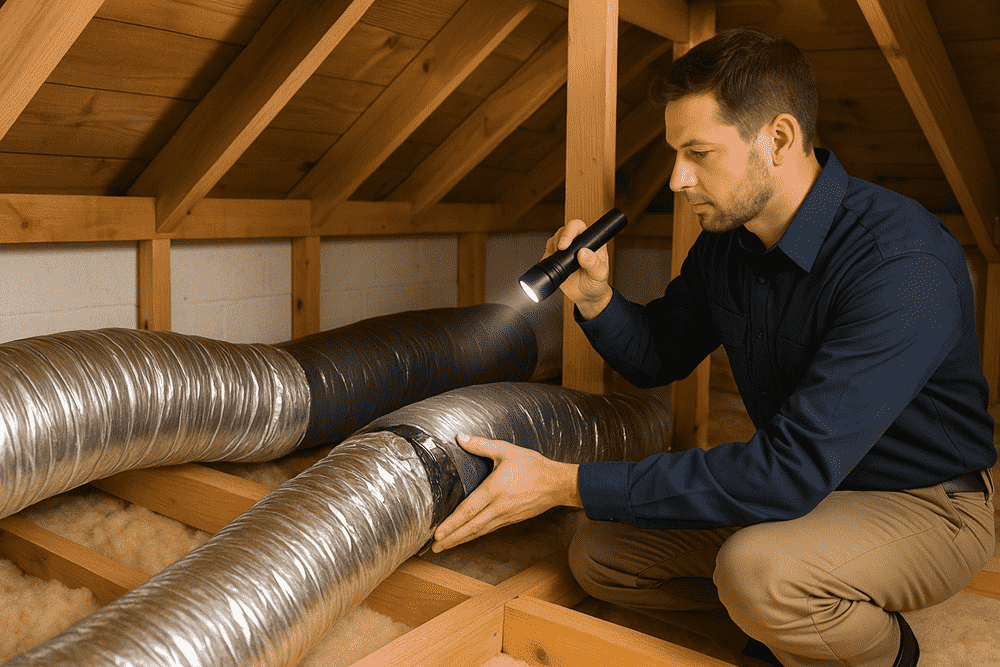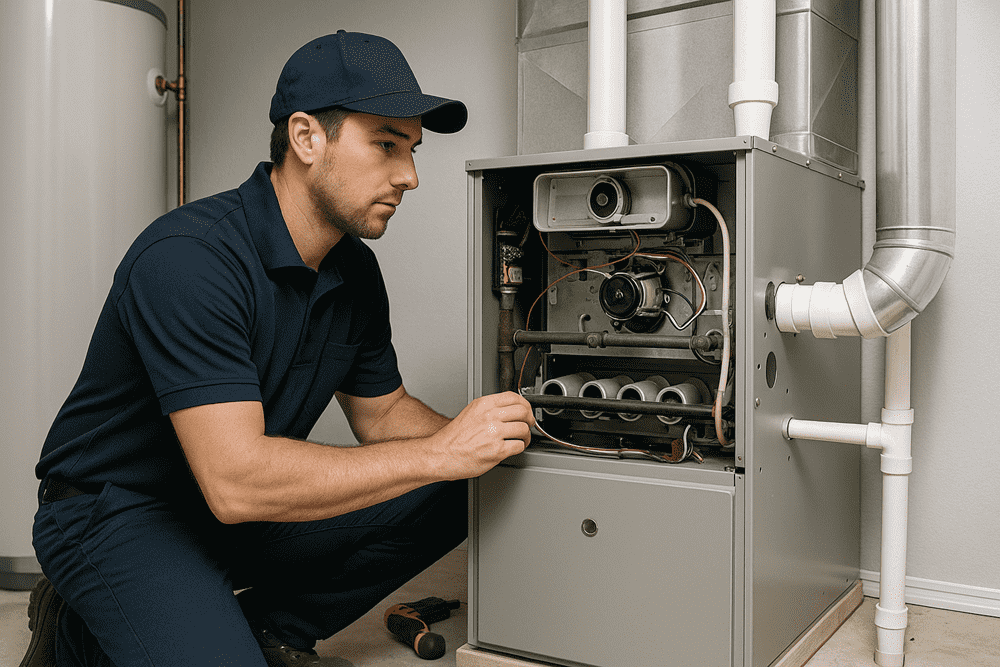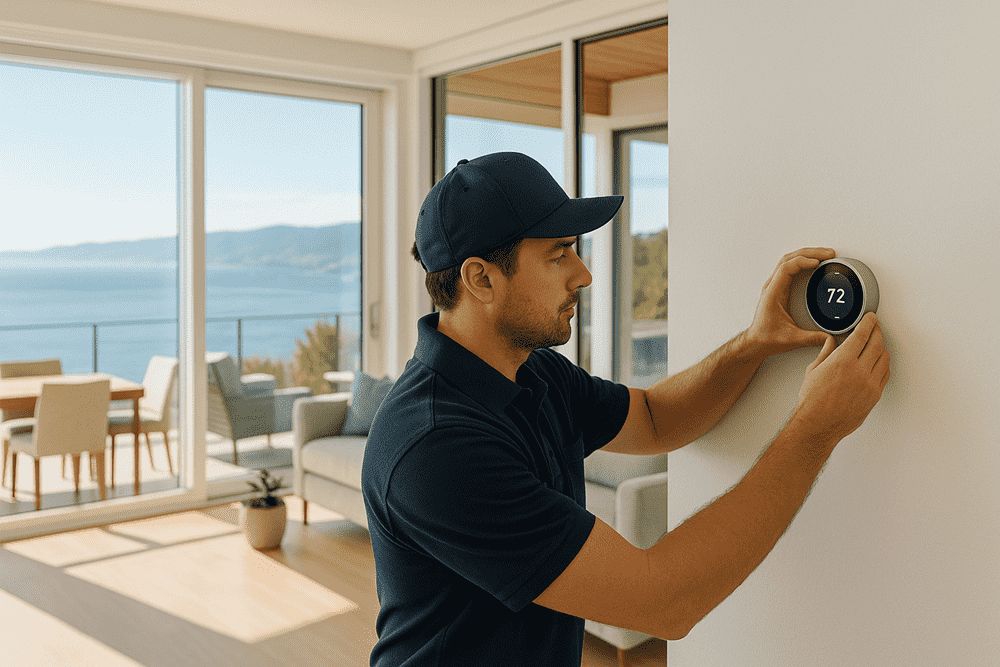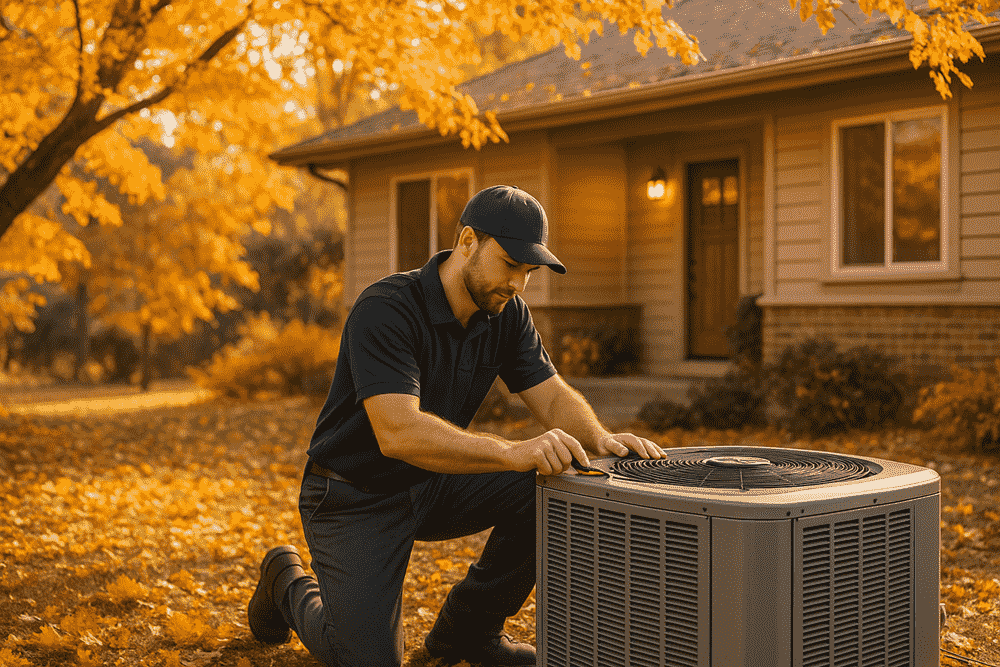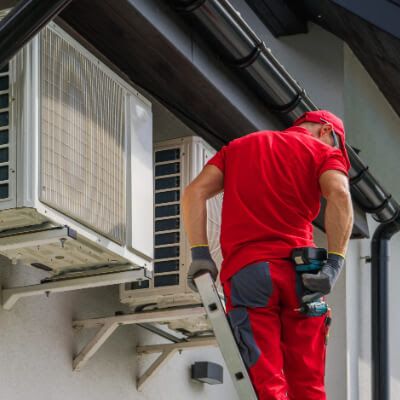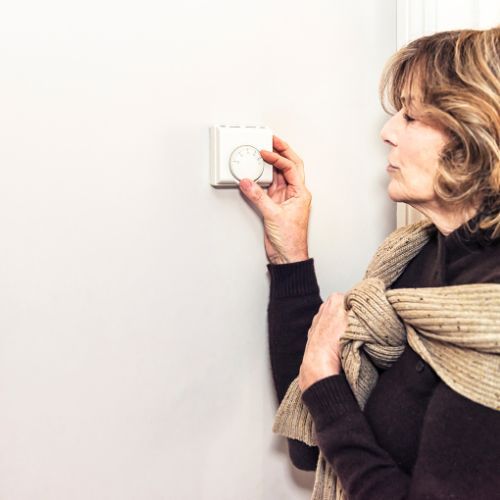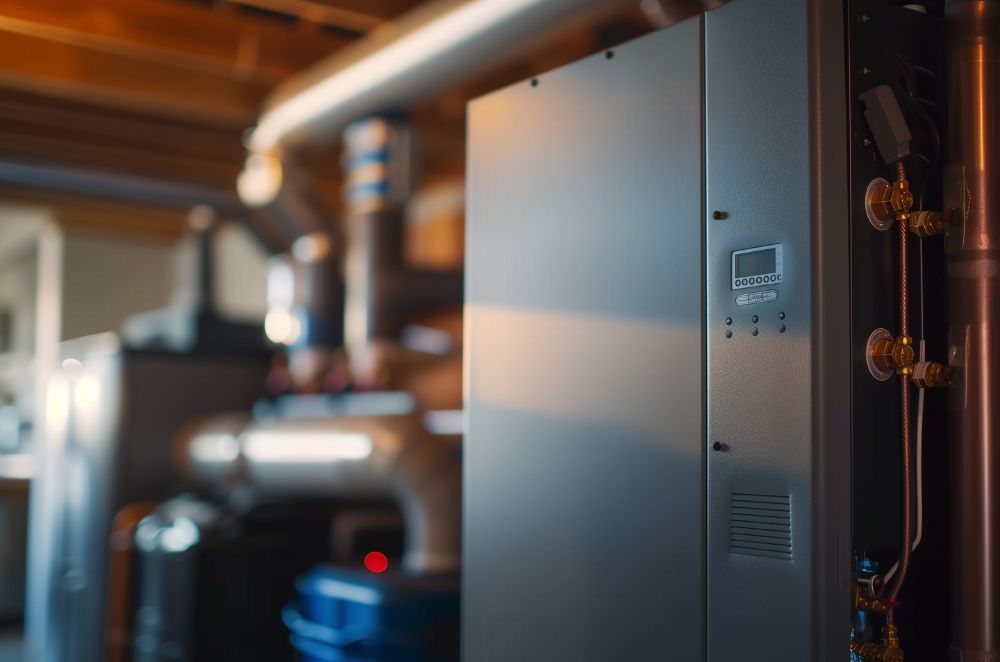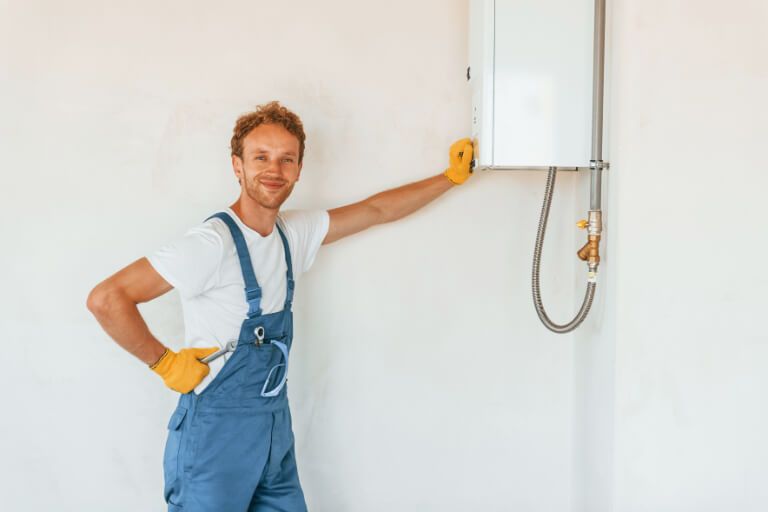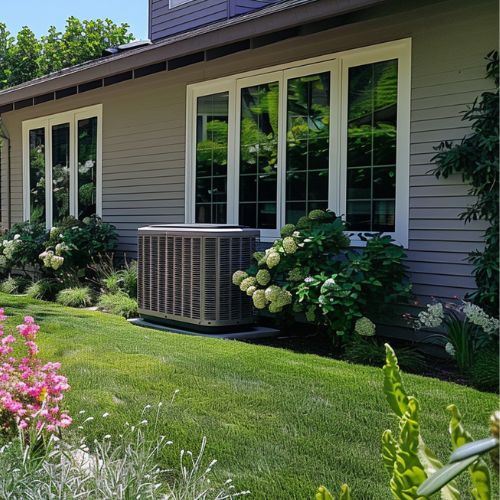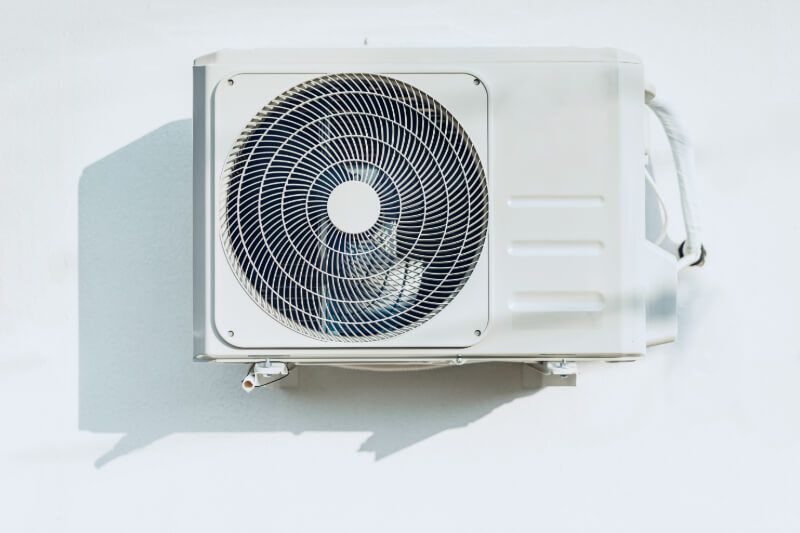The Impact of Duct Cleaning on HVAC Efficiency
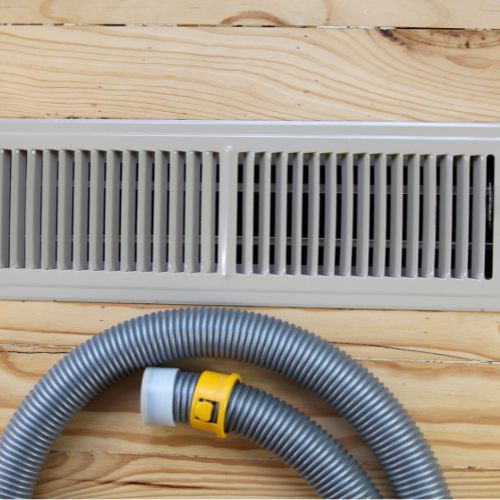
Table of Contents
ToggleTL;DR: Maintaining clean ducts is crucial for optimal HVAC performance in California. Elevated Comfort highlights how dirty ducts restrict airflow, increase energy consumption, and cause uneven heating or cooling. Regular duct cleaning improves airflow, saves energy, enhances indoor air quality, extends HVAC lifespan, and ensures consistent home comfort. Trust Elevated Comfort for professional duct cleaning to maximize HVAC efficiency and indoor comfort.
Maintaining an efficient HVAC system is essential for comfort, energy savings, and indoor air quality, especially in California’s diverse climate. One often-overlooked aspect of HVAC maintenance is duct cleaning. Clean ducts are crucial for the overall performance and efficiency of your HVAC system. Elevated Comfort, a trusted HVAC service provider in California, is dedicated to helping homeowners understand the importance of duct cleaning and how it impacts HVAC efficiency. In this blog, we’ll explore how ducts affect HVAC performance, the benefits of duct cleaning, signs that your ducts need cleaning, and how often you should clean them.
How Ducts Affect HVAC Performance
The ductwork in your home plays a vital role in distributing conditioned air throughout your living spaces. When ducts are clean and unobstructed, your HVAC system can operate efficiently. However, when ducts are dirty or clogged, several issues can arise:
- Restricted Airflow: Dust, debris, and other contaminants can accumulate in the ducts, restricting airflow and making it harder for your HVAC system to maintain the desired temperature.
- Increased Energy Consumption: When airflow is restricted, your HVAC system has to work harder to push air through the ducts, leading to higher energy consumption and increased utility bills.
- Uneven Heating and Cooling: Dirty ducts can cause uneven distribution of air, resulting in hot and cold spots throughout your home.
- System Wear and Tear: Overworking your HVAC system due to restricted airflow can lead to premature wear and tear, increasing the likelihood of breakdowns and costly repairs.
Understanding the impact of dirty ducts on HVAC performance highlights the importance of regular duct cleaning.
Benefits of Duct Cleaning
Regular duct cleaning offers several benefits that can enhance your HVAC system’s efficiency and overall home comfort:
- Improved Airflow: Clean ducts allow for unrestricted airflow, making it easier for your HVAC system to heat or cool your home effectively.
- Energy Savings: With improved airflow, your HVAC system doesn’t have to work as hard, leading to lower energy consumption and reduced utility bills.
- Enhanced Indoor Air Quality: Removing dust, allergens, and other contaminants from the ducts improves indoor air quality, creating a healthier living environment.
- Extended HVAC System Lifespan: Regular duct cleaning reduces the strain on your HVAC system, helping to extend its lifespan and reduce the need for frequent repairs.
- Consistent Comfort: Clean ducts ensure even distribution of conditioned air, eliminating hot and cold spots and maintaining consistent comfort throughout your home.
Elevated Comfort provides professional duct cleaning services to help you enjoy these benefits and keep your HVAC system running efficiently.
Signs Your Ducts Need Cleaning
It’s essential to recognize the signs that indicate your ducts need cleaning. Here are some common indicators:
- Visible Dust and Debris: If you see dust and debris around your air vents or notice an increase in dust accumulation in your home, your ducts may be dirty.
- Unpleasant Odors: Foul or musty odors coming from your vents can indicate mold, mildew, or accumulated debris in the ducts.
- Increased Allergy Symptoms: If you or your family members experience worsening allergy symptoms, it could be due to contaminants circulating through dirty ducts.
- Poor Airflow: Reduced airflow from your vents, even when the HVAC system is running at full capacity, is a sign of clogged or dirty ducts.
- High Energy Bills: A sudden increase in your energy bills without a corresponding increase in usage can indicate that your HVAC system is working harder due to restricted airflow.
If you notice any of these signs, it’s time to schedule a professional duct cleaning with Elevated Comfort.
How Often Should You Clean Your Ducts?
The frequency of duct cleaning depends on several factors, including the age of your home, the presence of pets, and your indoor air quality. As a general guideline:
- Every 1-3 Years: Most homes should have their ducts cleaned every 1-3 years to maintain optimal HVAC efficiency and indoor air quality.
- More Frequent Cleaning: Homes with pets, smokers, or residents with allergies or respiratory conditions may benefit from more frequent duct cleaning, such as every 1-2 years.
- After Renovations: If you’ve recently completed a home renovation or construction project, it’s a good idea to have your ducts cleaned to remove any construction debris or dust.
Consulting with a professional HVAC service provider like Elevated Comfort can help you determine the best cleaning schedule for your specific needs.
Final Thoughts
Duct cleaning is a vital aspect of maintaining an efficient and effective HVAC system. By understanding how ducts affect HVAC performance, recognizing the benefits of regular duct cleaning, and knowing when to schedule cleaning, you can ensure your home remains comfortable and energy-efficient. Elevated Comfort is here to provide expert duct cleaning services to homeowners in California, helping you achieve optimal HVAC performance and improved indoor air quality. Contact Elevated Comfort today to schedule a duct cleaning and take the first step toward a cleaner, more efficient home.
